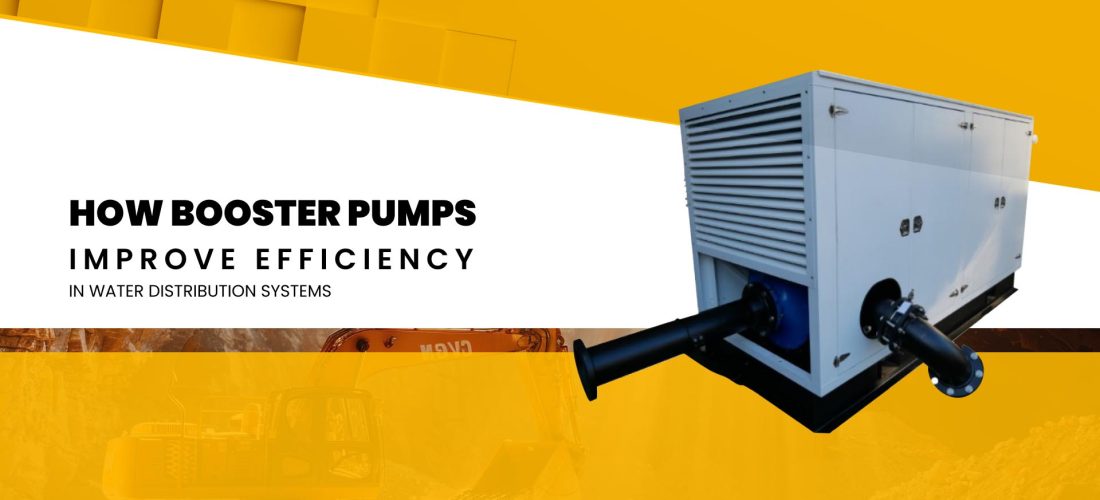
Water distribution systems are essential for supplying clean, potable water to homes, businesses, and industries. However, these systems often face challenges in maintaining consistent water pressure, especially in areas with varying elevations or long distances between water sources and users. Booster pumps play a crucial role in overcoming these challenges, improving the efficiency and reliability of water distribution systems. In this article, we’ll explore how booster pumps work, their benefits, and how they enhance the overall performance of water distribution systems.
What is a Booster Pump?
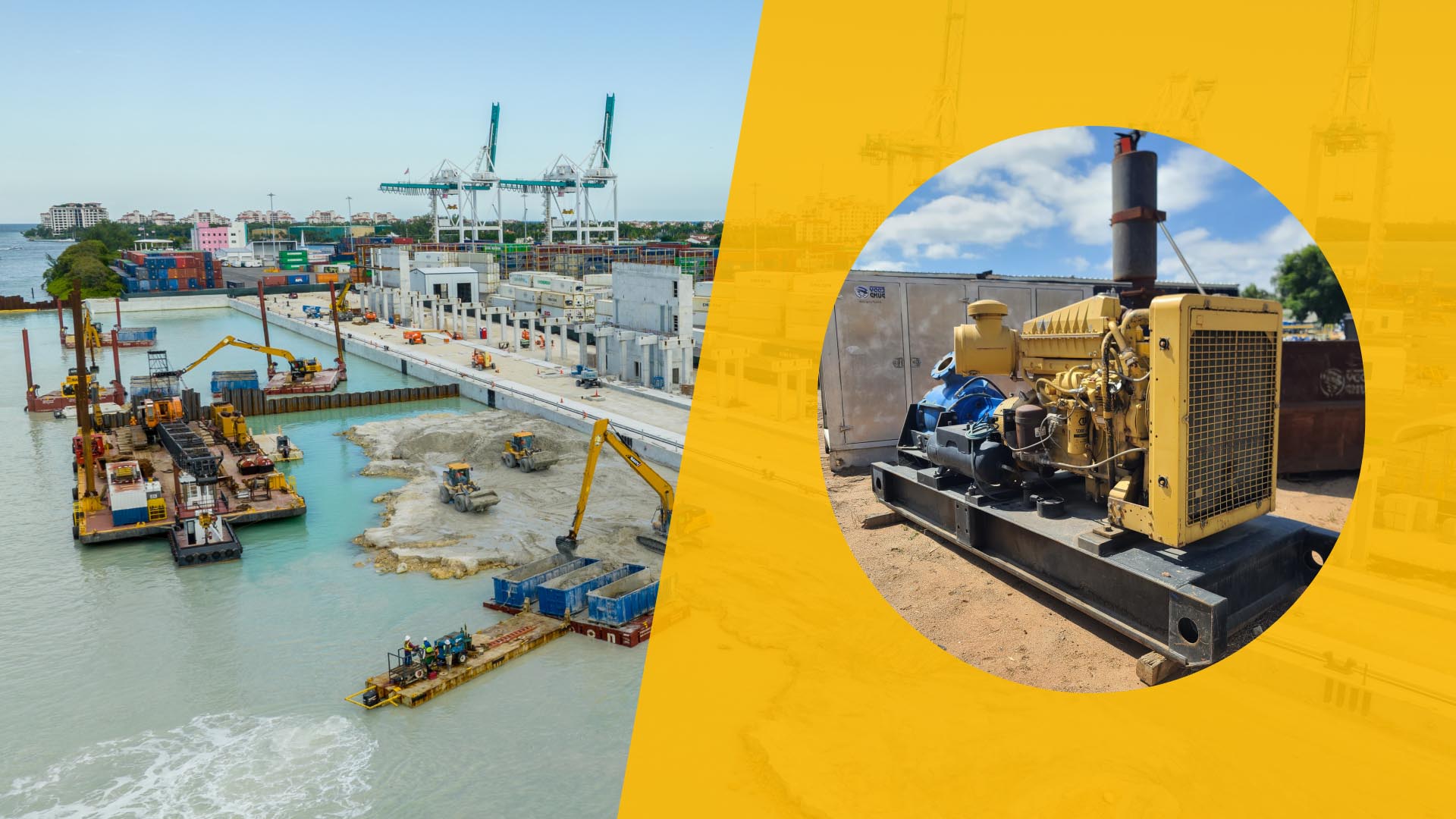
A booster pump is a device designed to increase the pressure and flow of water in a distribution system. It is typically used in situations where water pressure is too low to meet the demands of the system or specific locations within it. Booster pumps can be installed in various parts of a water distribution network, such as at water treatment facilities, along pipelines, or within buildings to improve water pressure and ensure a steady supply to all users.
Key Components and Functionality
Booster pumps are composed of several essential parts, including an impeller, motor, and pressure control systems. The impeller moves water through the pump, while the motor provides the necessary power to increase water pressure. Pressure control systems help regulate the pump’s operation, ensuring that it runs efficiently and adjusts to fluctuating demands. This combination of components allows booster pumps to maintain optimal water pressure across a wide range of applications.
Challenges in Water Distribution Systems
Water distribution systems often face several challenges, particularly in urban and industrial environments where the water demand can vary greatly throughout the day. These challenges include:
- Pressure Loss Over Long Distances: As water travels through pipes over long distances, it naturally loses pressure due to friction and resistance within the pipes. This can result in low water pressure for end-users located far from the water source.
- Demand Fluctuations: Water usage fluctuates depending on the time of day, the number of users, and industrial activities. During peak demand periods, such as in the morning or evening, water pressure can drop significantly, leading to inefficient service.
- Inconsistent Pressure in Multi-Story Buildings: In tall buildings, water pressure decreases as it moves to higher floors, causing inconsistent water supply and poor user experience for residents or occupants on upper levels.
- Energy Efficiency: Older water distribution systems may rely on outdated pumping technology, which can consume more energy than necessary, leading to higher operational costs.
Booster pumps are specifically designed to address these challenges, ensuring that water pressure remains consistent and energy consumption is minimized.
How Booster Pumps Work to Improve Efficiency
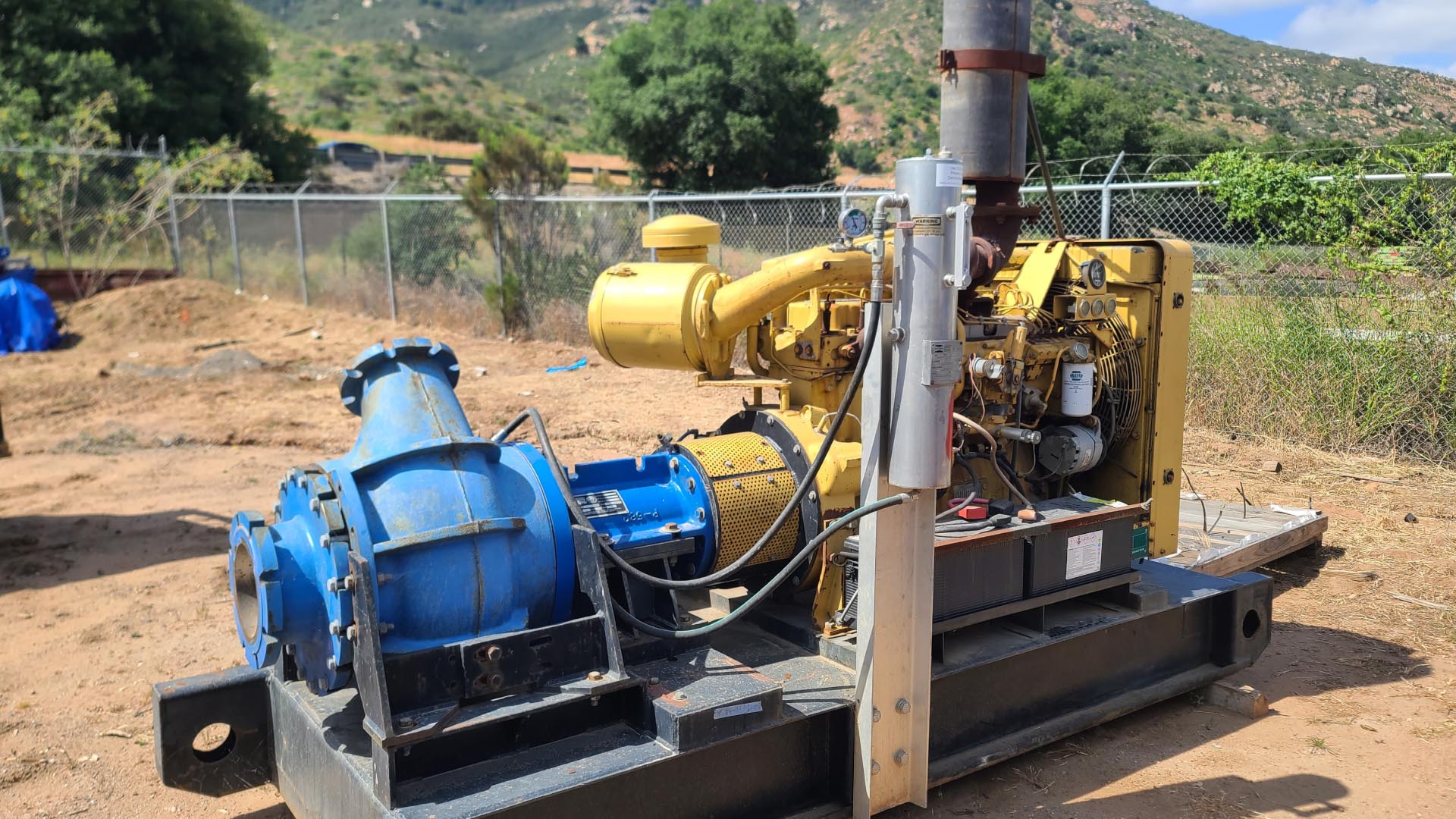
Booster pumps enhance the efficiency of water distribution systems by maintaining consistent pressure, optimizing energy usage, and ensuring reliable performance even during high-demand periods.
1. Maintaining Consistent Water Pressure
Booster pumps help regulate water pressure throughout the distribution system, ensuring that users at the farthest points from the water source still receive adequate pressure. By installing high-pressure booster pumps at strategic locations, water can be delivered efficiently across vast distances without significant pressure loss.
2. Overcoming Elevation Changes
In areas with varying topography, such as hilly or mountainous regions, water pressure can drop as it moves uphill. Industrial booster pumps are used to overcome this challenge by providing the extra pressure needed to move water to higher elevations, ensuring that all areas receive a consistent water supply.
3. Reducing Energy Consumption
Modern booster pumps often feature variable speed technology, which allows them to adjust their output based on real-time demand. This means the pump only works as hard as necessary, reducing energy waste and lowering operational costs. Variable speed booster pumps are particularly effective in systems where water demand fluctuates throughout the day, as they can increase or decrease output as needed, leading to significant energy savings.
4. Improving System Performance During Peak Demand
During times of high water usage, such as in the morning when many people are using water simultaneously, booster pumps can provide the necessary pressure to meet demand. This ensures that water is distributed efficiently, preventing pressure drops and service interruptions.
Types of Booster Pumps for Water Distribution
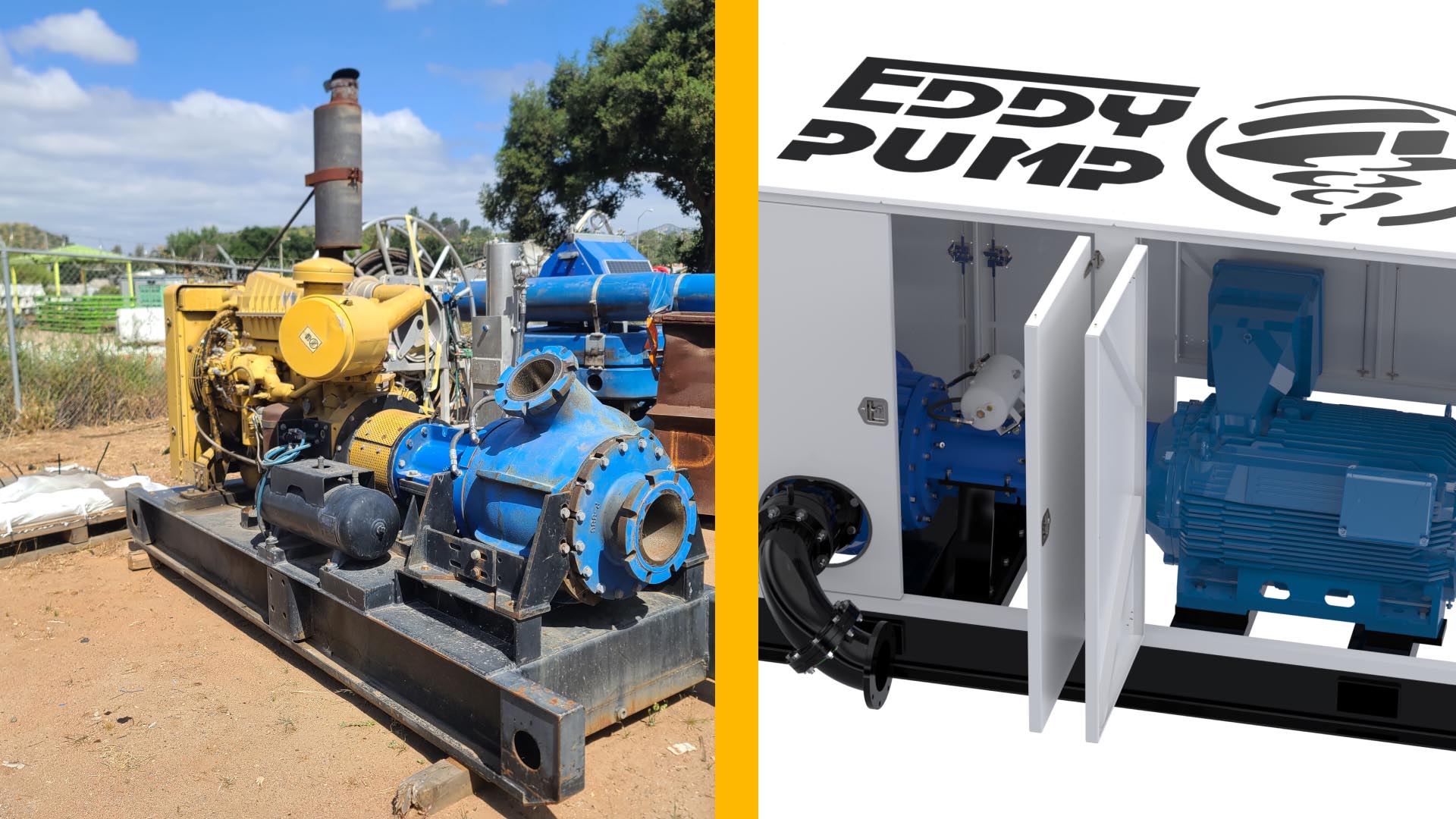
Booster pump manufacturers offer several different types of pumps, each suited to specific applications and system requirements.
1. Single-Stage Booster Pumps
These pumps are designed for smaller systems or short-distance water distribution. They are simple, cost-effective solutions for improving water pressure in residential or small commercial settings.
2. Multi-Stage Booster Pumps
Multi-stage pumps are ideal for larger systems or applications requiring higher pressure. They contain multiple impellers that work together to boost water pressure over longer distances or to higher elevations.
3. Variable Speed Booster Pumps
Variable speed booster pumps offer the highest level of efficiency. These pumps adjust their speed based on the current demand, ensuring that energy is not wasted when water demand is low. They are commonly used in large water distribution systems and are particularly effective in reducing energy consumption.
Energy Efficiency Benefits of Booster Pumps
Energy efficiency is a major concern for water utilities, as pumping operations account for a significant portion of overall energy usage. Booster pumps help reduce energy consumption in several ways:
- Optimized Operation: By maintaining consistent pressure, booster pumps reduce the need for excessive pumping, minimizing energy usage. Systems that use variable speed pumps can adjust to fluctuating demand, further reducing energy waste.
- Improved Pressure Control: With the right pump setup, high-pressure booster pumps can prevent over-pressurization, which not only saves energy but also reduces wear and tear on the distribution system.
Booster Pumps and Water Pressure Regulation
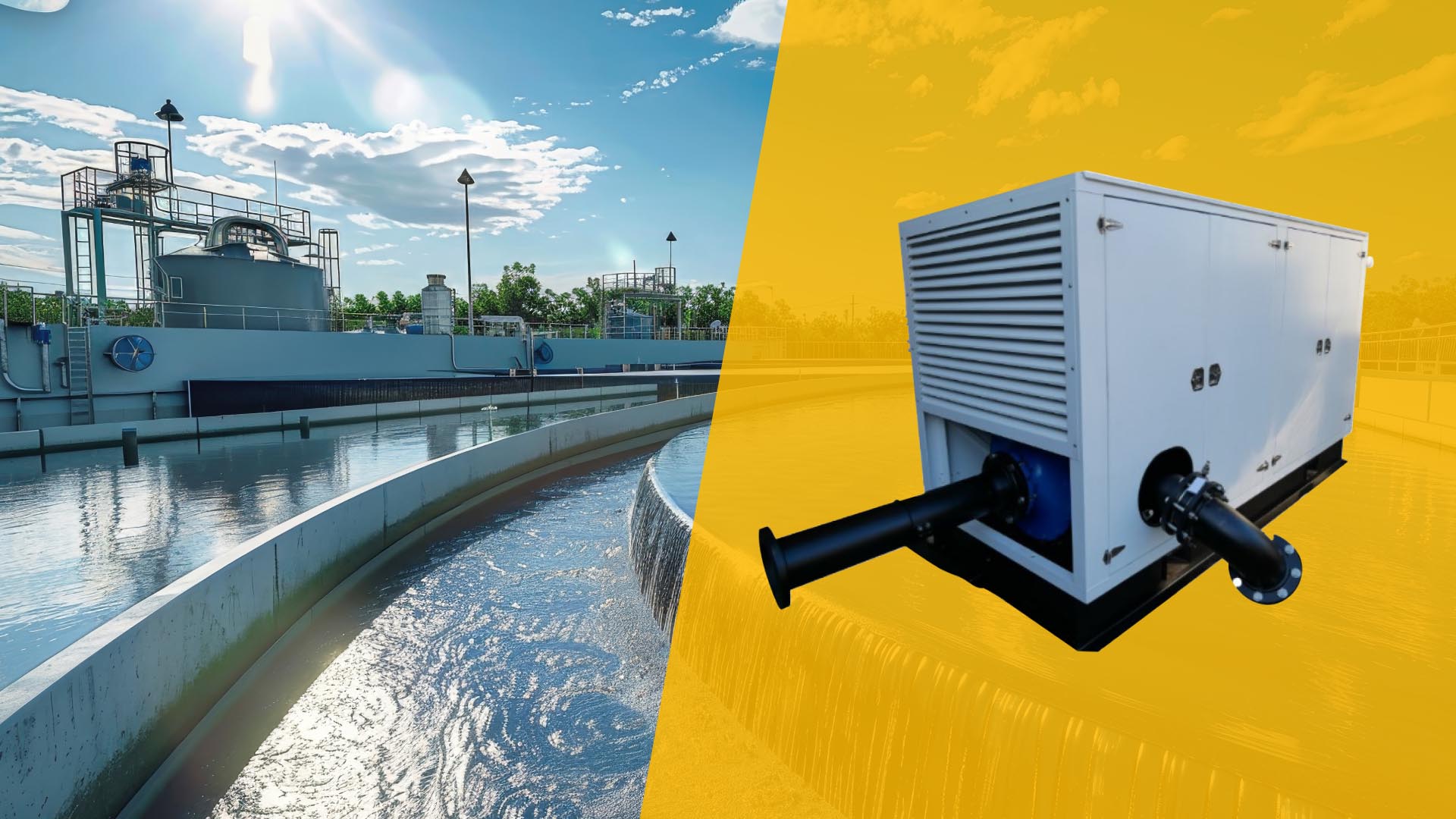
One of the key functions of a booster pump is to regulate water pressure in the system. Consistent pressure is crucial for ensuring reliable water supply, especially in critical applications such as fire suppression systems in buildings. Booster pumps ensure that water pressure meets regulatory standards, providing peace of mind for both system operators and end-users.
Booster Pump Maintenance and Best Practices
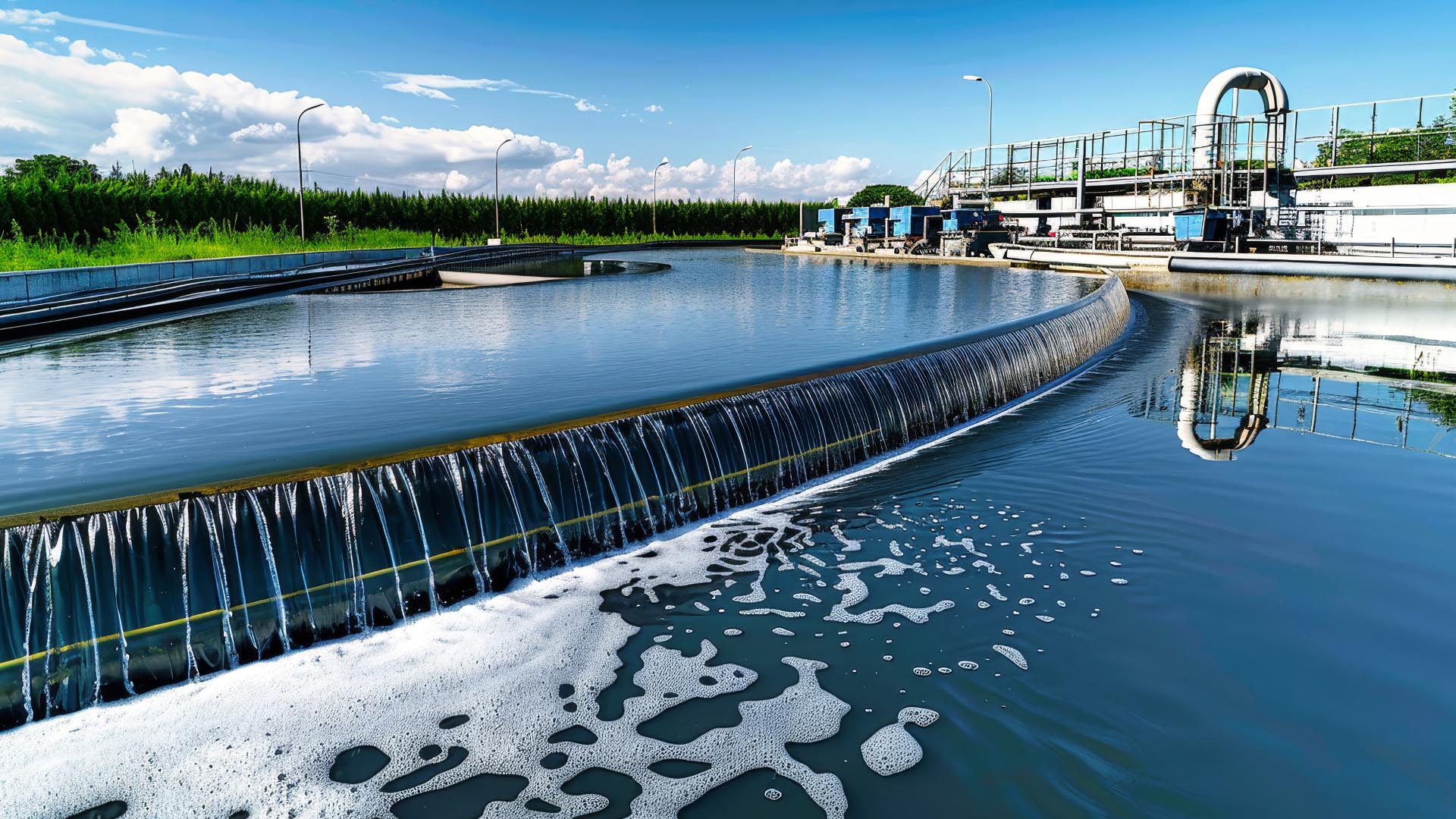
To maintain peak performance, regular maintenance of booster pumps is essential. This includes checking for leaks, inspecting the pump motor, and ensuring that pressure control systems are functioning correctly. By following best practices, such as scheduling routine maintenance and using high-quality components, the lifespan of a booster pump can be extended, reducing the need for costly repairs.
Conclusion
Booster pumps are vital for improving the efficiency of water distribution systems. By maintaining consistent pressure, reducing energy consumption, and overcoming the challenges of elevation and distance, booster pumps ensure that water is delivered reliably and efficiently to all users. As cities and industries continue to grow, the importance of modernizing water infrastructure with industrial booster pumps from trusted booster pump manufacturers will only increase, making them a critical component in ensuring sustainable water distribution for the future.

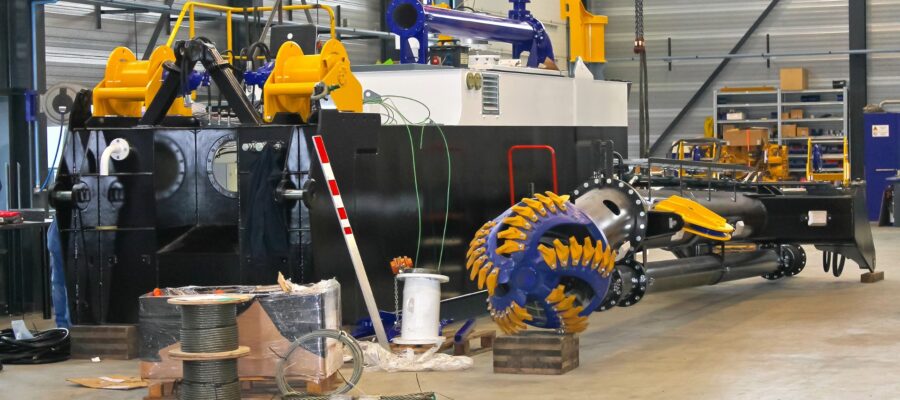

Post a Comment